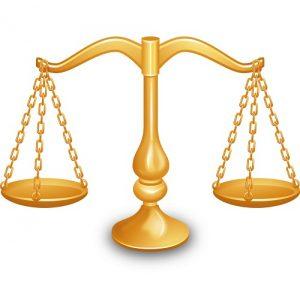- Free Consultation: 916 459 2364 Tap to Call
How to File Personal Bankruptcy

The U.S. Constitution permits citizens to file for bankruptcy when they are no longer capable of repaying their debts. In such cases, you can file for personal bankruptcy by petitioning under the Bankruptcy Code, which is a Federal law. The Bankruptcy Code allows the petitioner to declare insolvency or to apply for restructuring their debts.
You can file a petition for personal bankruptcy either individually or along with your spouse. However, there are two ways of doing this in the U.S. You can either file for bankruptcy under Chapter 7, also known as liquidation bankruptcy, or under Chapter 13, which covers the reorganization of loans.
Chapter 7 vs. Chapter 13
If you are all set to file for bankruptcy and are confused about which chapter to file under, then you must know your options and when to exercise them. As mentioned earlier, Chapter 7 refers to liquidation, while Chapter 13 lays out a repayment plan that spreads the debt over three to five years.
Filing for personal bankruptcy makes it easier to get debts such as personal loans, credit card bills, and medical bills wiped out by filing for bankruptcy under Chapter 7. However, if you wish to avoid liquidation of assets, consider filing for bankruptcy under Chapter 13. If you satisfy the necessary conditions, then you may even be allowed to pay a reduced amount.
To clear your qualifying debt and start anew, contact a Roseville bankruptcy attorney to find out what options you may have.











